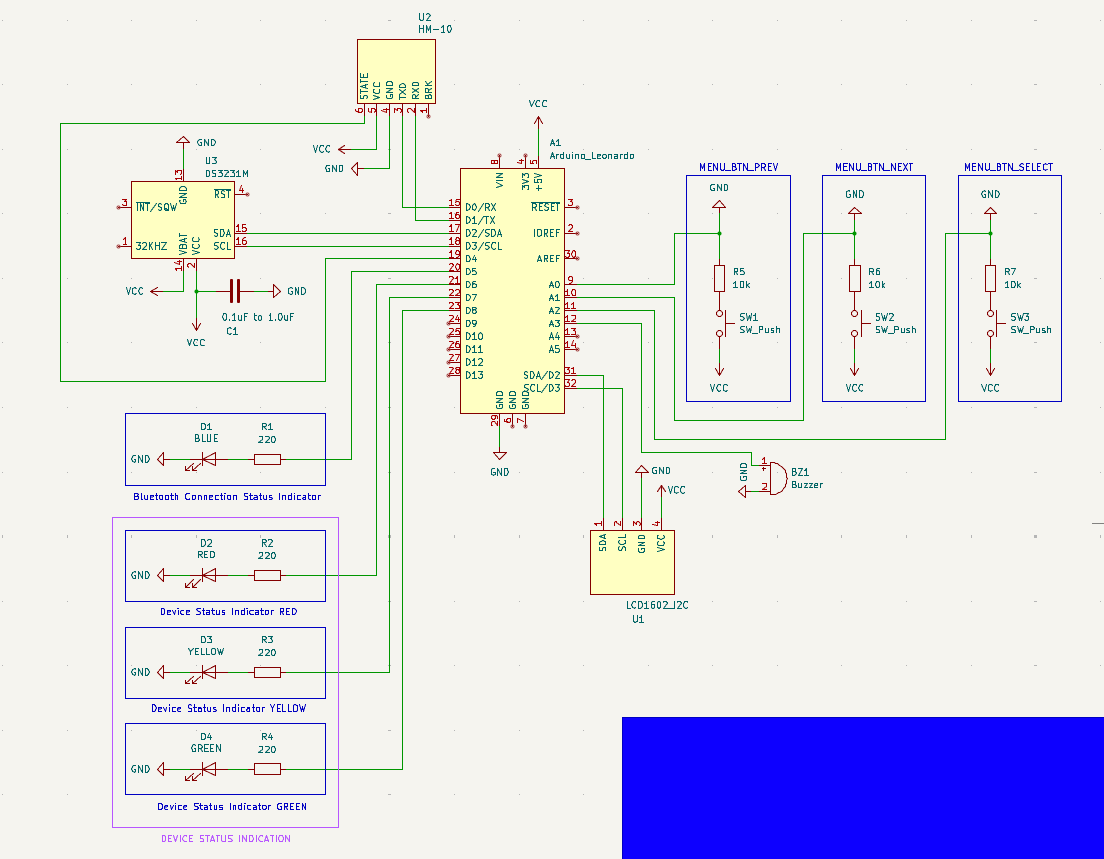this post was submitted on 16 Apr 2025
7 points (100.0% liked)
Electrical and Computer Engineering
1109 readers
1 users here now
Electrical and computer engineering (ECE) community, for professionals and learners. Discuss ECE related topics here, for instance digital design, signal processing, circuit analysis, electromagnetics, microelectronics, power electronics, RF electronics, etc.
founded 2 years ago
MODERATORS
you are viewing a single comment's thread
view the rest of the comments
view the rest of the comments

Decoupling capacitor is there to filter out hogh frequency ripples from the lower supply. It is very hard for the consumer to know the high frequency current consumption of the chip, and its effects on the chip. Therefore decoupling is something where you should always follow the datasheet recommendation. As others said, ceramic capacitor has lower series resistance and inductance, which makes it the better choice for decoupling. Follow the instructions on layout as well, which usually says that decoupling capacitor should be as close as possible to the chip and grounded well. That being said, if you are prototyping on a breadboard, series inductance of a capacitor may not be your biggest concern, as breadboard connections will have that too. You can also still try to get your circuit working with the capacitor you have while waiting for ceramic one, chances are any capacitor will work good enough.
Yes, I'll probably just be doing this on breadboards, but there is a chance I might eventually move it to a PCB (assuming I learn that part of KiCAD soon enough and have enough time to order PCBs before I need to submit). In either case, the power source of the entire system will probably be some holder/rack (not sure what they are actually called) for several AA or AAA batteries. Basically it will need to be something that a theoretical consumer would be able to replace easily - the batteries that is.
Do the problems outlined in your and other's comments about these types of capacitors in this application also present from regular batteries, or are they usually not high voltage enough to cause problems?
It is not much about the voltage level but high frequency current activity. Current can cause voltage drop on parasitic resistance and inductance of the breadboard, jumpers, connections, passive components etc. and can cause supply of the chip to be non-ideal or ripple. Your power source is a battery and not a switching power supply, so power will be cleaner, which is good. The chip also doesn't consume high current, and its output is 32khz clock, fairly low frequency. So I wouldn't worry so much about decoupling.
As for the RTC's 32kHz clock as you can see from my diagram I didn't connect it to anything. I was under the impression that it was unnecessary for my purpose after looking at the datasheet. Am I wrong?